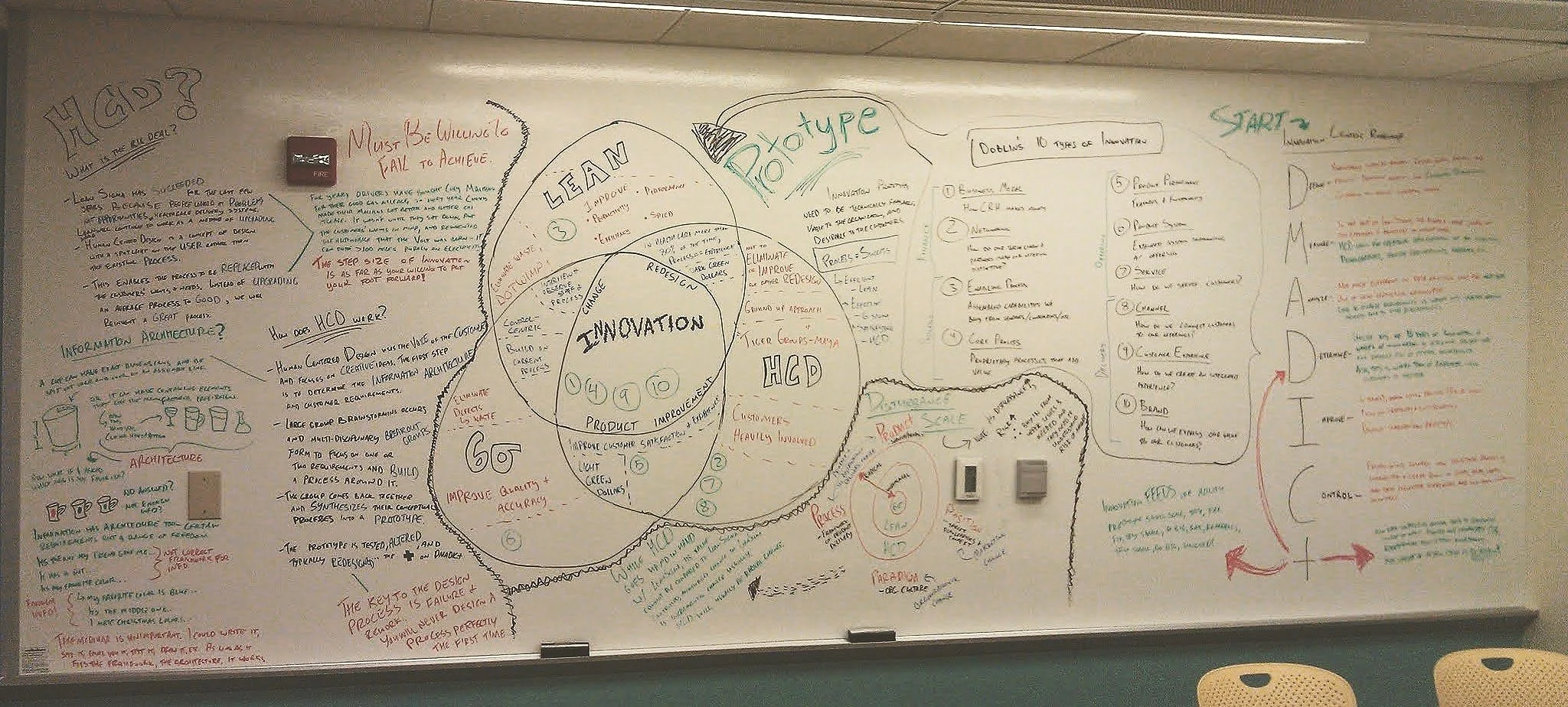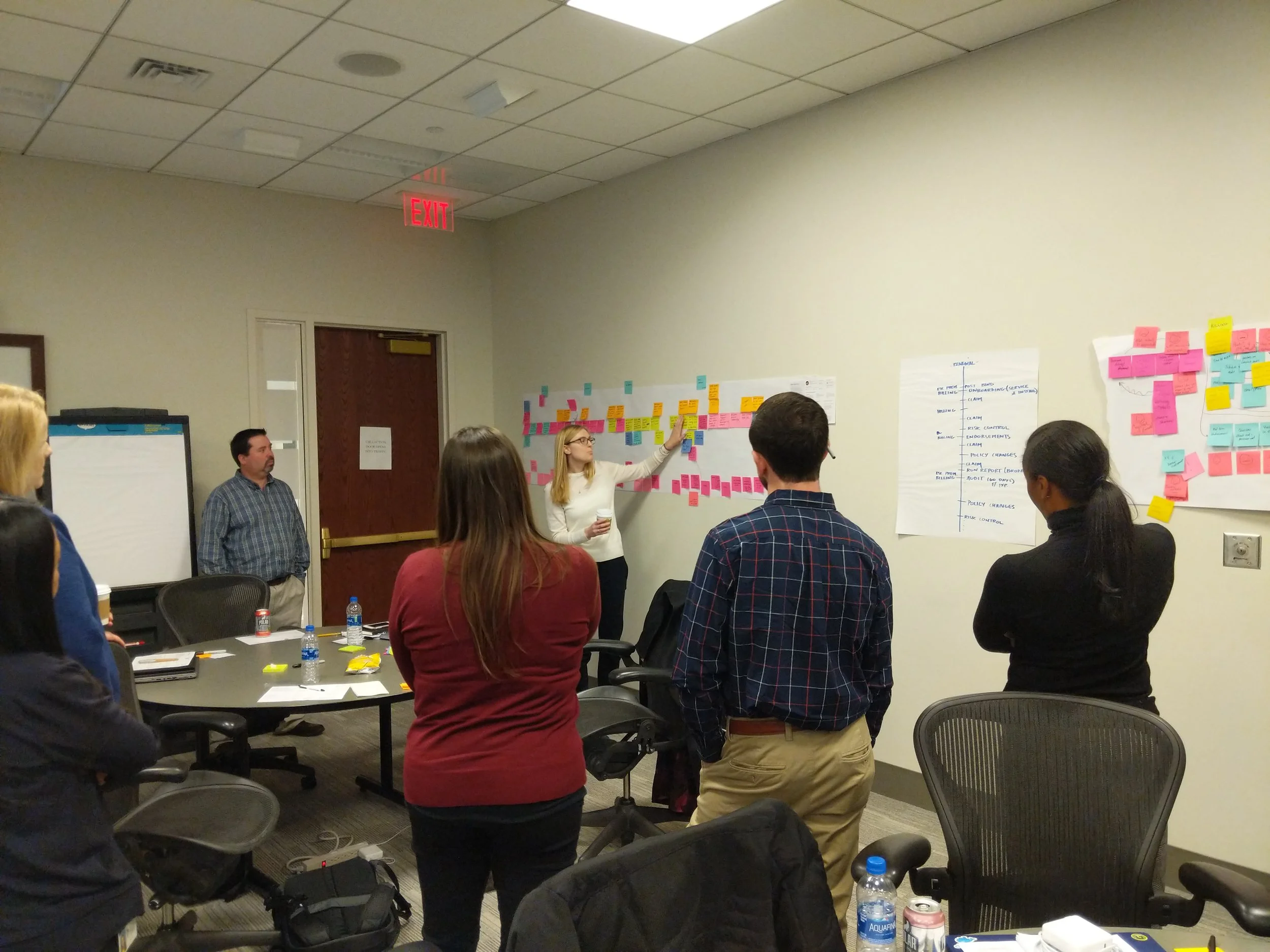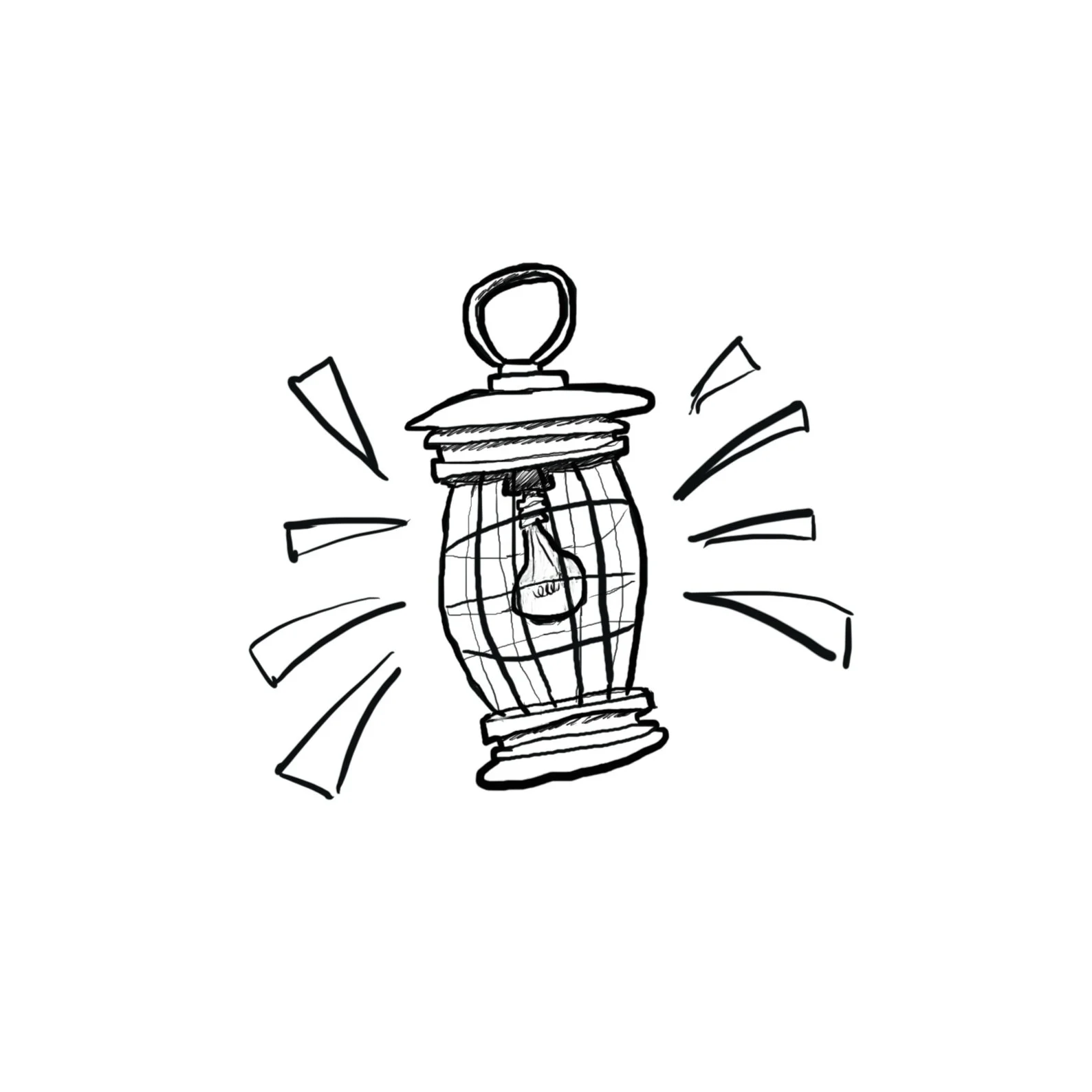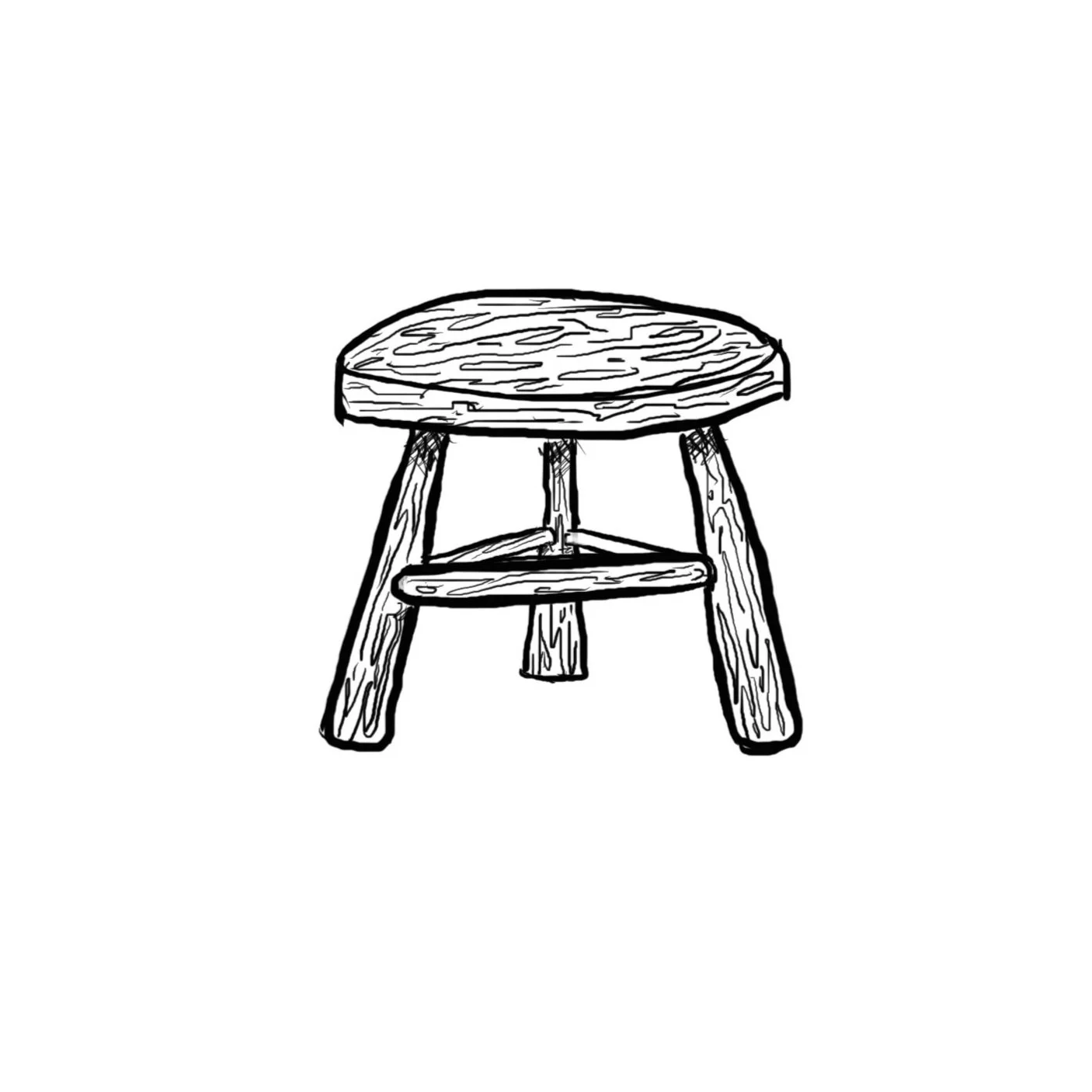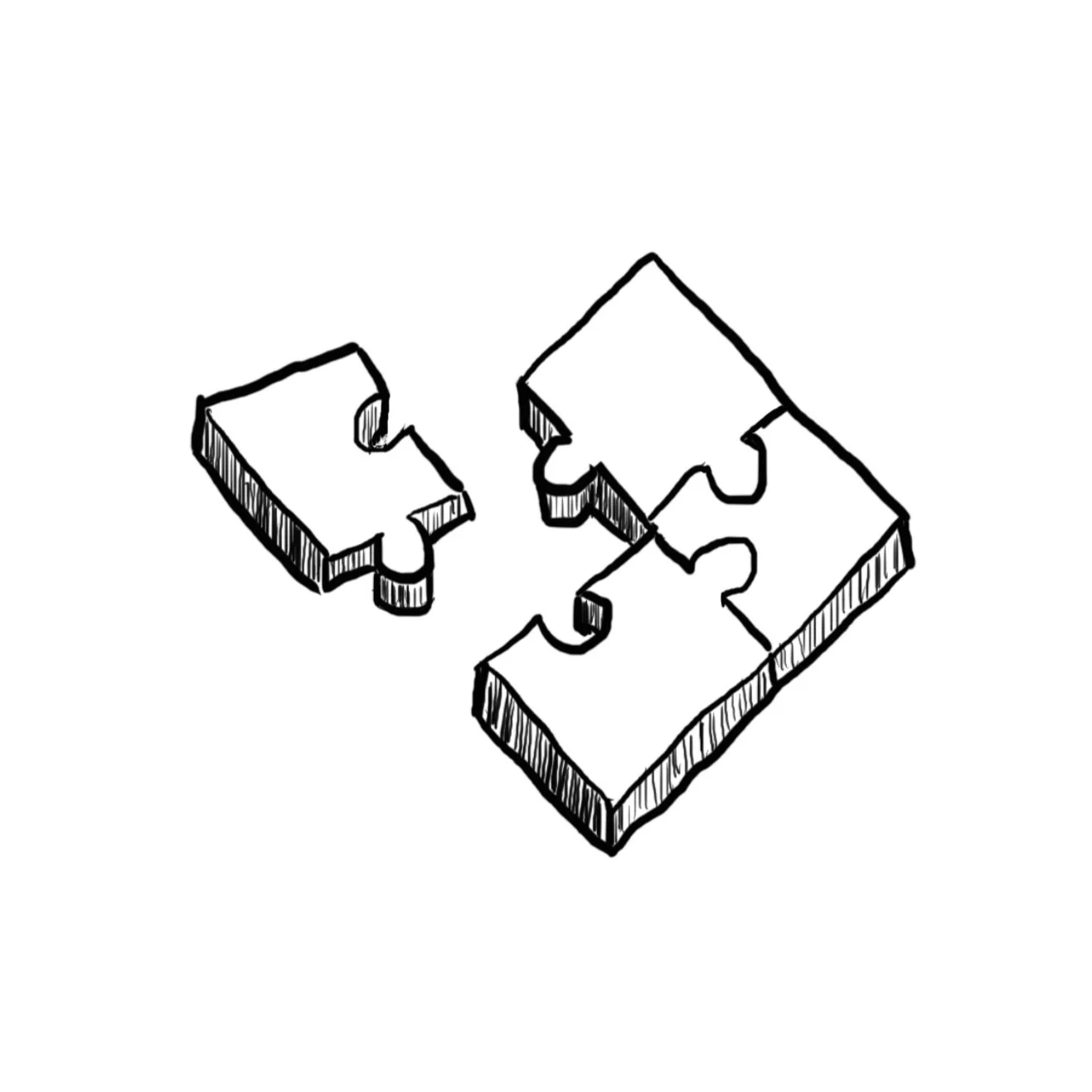The how behind the wow.
Peeking into the core ideas and mental models someone uses helps understand how they view the world, and that empathy is critical to understanding how to best work with them. It also helps explain their quirks. Heaven knows my quirks need some explaining…
My leadership philosophy
My leadership philosophy centers around empowering others to do more in less time, enabling them to spend more time doing the things they love. I believe in aligning incentives with my organization's objectives and giving my team the autonomy to experiment, allowing them to achieve their own upside and unlocking the entrepreneurial spirit within us all.
Empathy lies at the core of my leadership style, and I never ask my team to do anything I wouldn't do myself. As I coach my team, I suggest assuming positive intent and help them explore alternate perspectives potentially held by others. I encourage my team to explore ideas, offering support and guidance when needed, while also letting them come to their own conclusions whenever possible.
When communicating expectations, I take the time to understand and convey the core ideas behind frameworks and processes, emphasizing the "whys" with my team, and allowing them to develop their own solutions and approaches to complex problems.
“When [Timo] came aboard, it’d be putting it mild to say that our org/department’s UX practices and processes were fragmented at best. […] Our UX team grew into a safe, collaborative, and extremely fun space for all of us to bounce ideas off of each other.
It’s been very refreshing working in a system that’s pushed me to be better, while also made me feel like I wasn’t just going to another boring meeting with some boring people. Again, I attribute a lot of the development of our team culture to [Timo].”
- Patrick, Client Product Designer
How I approach product development
In the realm of product development, I envision a three-legged stool representing business value, user enablement, and technical feasibility. Ensuring the balance between these three pillars is vital for successful product development.
UX, product design, and service design play a crucial role in researching, testing, and developing solutions that maximize usability and desirability. Product ensures that all three legs of the stool tie up to the highest level organizational objectives, optimizing investment across various tracks and owning the product's vision and features – both crafting and measuring solution value hypotheses.
Collaboration between business and technology teams is essential to understand user needs, align them with business objectives, and create maintainable, composable solutions that solve those needs. The primary objective of both design and product teams should be to sit at the intersection between business and technology: building relationships, supporting change, and translating between the organizations' domain languages.
Finally, I believe products are different from projects. Products should always be invested in (though that investment may shrink over time). A product strategy is never “set,” as it should be continuously evolved, and the minute you understand how to balance the stool with a piece of your vision, you should drive that into development. Product strategy and design are not meant to be a gated, upfront phase; they should be melded into the development lifecycle, and the people closest to the users should help shape that vision continuously.
“Your Continuous Strategy framework is far more mature and consumable than what I have seen other firms ten times your size produce when describing their approach to product development. You are punching well above your weight class on this.”
- Mike, Gartner Analyst
How I solve problems
When approaching complex problems, I go beyond my role and responsibilities to explore better ways of driving enterprise outcomes. I build an end-to-end understanding of the organization’s value chain, and start projects by asking questions about the purpose, outcomes, and success metrics. Only with intentional, explicit documentation of desired outcomes can you demonstrate your impact on the tail end of an initiative. Collaborating with other stakeholders, gaining outside perspectives and insights, and challenging the existing process of ideation, execution, and measurement are all integral parts of my approach.
This approach has led me beyond my initial UX role, delving into product, business, and operations strategy, as well as leadership, marketing, and growth roles. My mission is to create an impact that makes others' lives easier and frees up their time for higher-value activities, so it is non-negotiable for me to act as a bridge between various domains to optimize as many outcomes as I can.
“Timo demonstrates initiative and strategic thought leadership that has been critical in defining our vertical structure, processes, and roles. His ability to ideate and solve problems is exceptional, but he still leverages collaboration and workshops to include the perspectives and ideas of others. He is willing to step up and drive virtually any workstream.”
- Caleb, Consulting Executive
